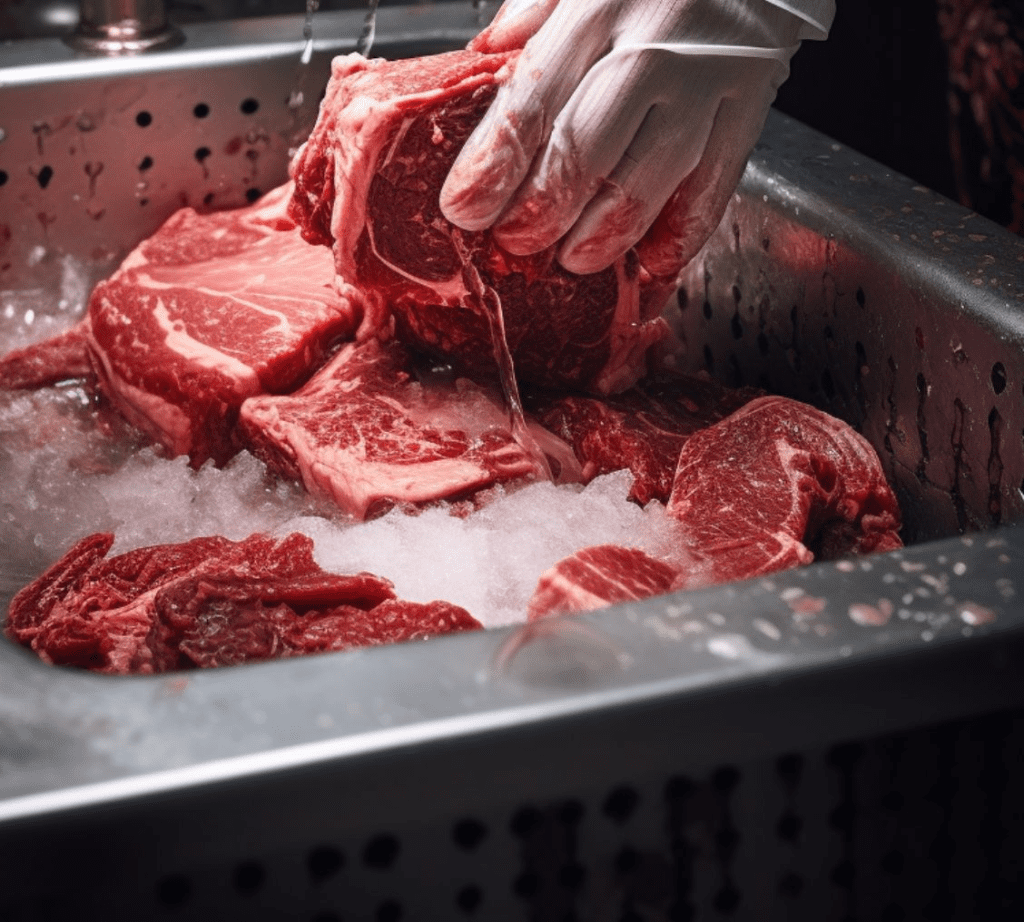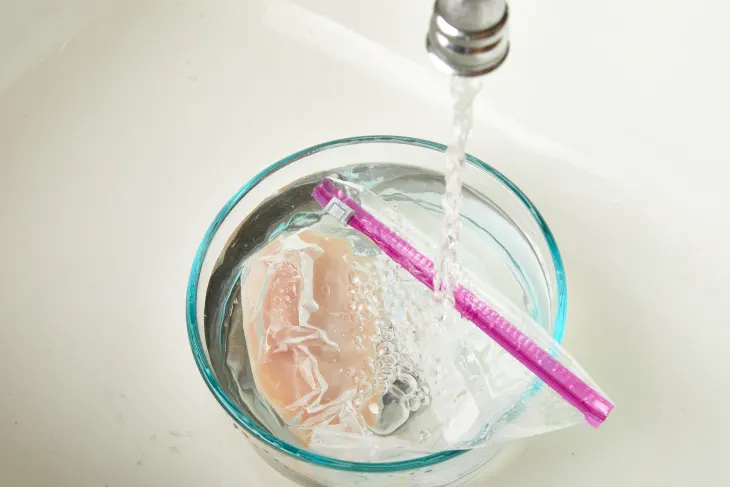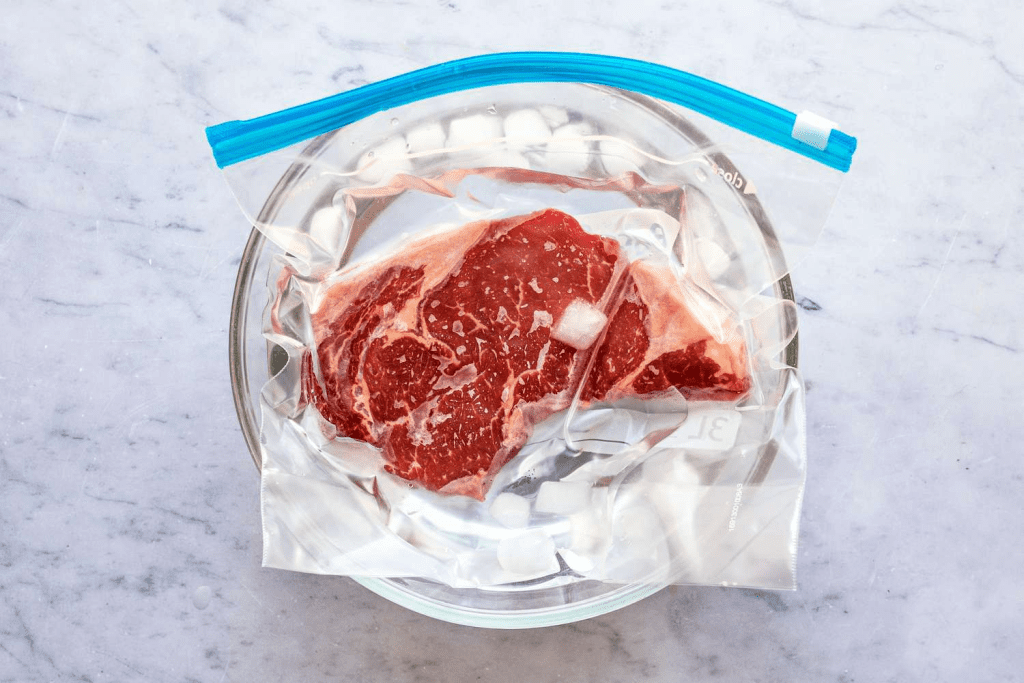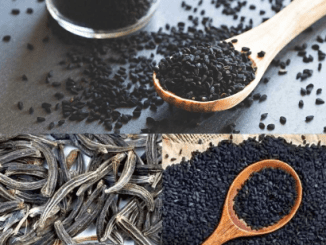Defrosting meat is one of those everyday kitchen tasks that seems simple, but in reality, it comes with some important safety considerations. One common question people often ask is whether it’s safe to defrost meat in hot water. With all the mixed information out there, it’s crucial to get the facts straight to prevent foodborne illnesses and ensure safe food handling. So, let’s dive into this topic and break down everything you need to know.
Understanding the Risks of Defrosting Meat in Hot Water

Before you go running hot water over that frozen chicken breast, it’s important to understand the risks involved. Defrosting meat improperly can lead to bacterial growth, particularly from harmful strains like Salmonella and E. coli. These bacteria thrive in what’s known as the “danger zone,” which refers to temperatures between 40°F and 140°F. Unfortunately, hot water falls into this range, making it a potential breeding ground for bacteria if not handled properly.
The Science Behind the Danger Zone
The danger zone is a critical concept in food safety, especially when defrosting meat. When meat stays in temperatures between 40°F and 140°F for more than two hours, harmful bacteria can multiply rapidly. Since hot water can quickly bring the outer layers of meat into this danger zone while the inside remains frozen, you’re essentially inviting bacteria to grow on the surface before you even start cooking.
Bacterial Growth on Meat’s Surface
The main issue with using hot water is the uneven thawing it causes. The outer part of the meat will start to warm up while the center remains frozen solid. As the outer layers enter the danger zone, bacteria can start to multiply. In fact, in just 20 minutes, the number of bacteria on the surface of the meat can double, putting you at risk of foodborne illnesses.
Temperature Inconsistency
Another problem with defrosting meat in hot water is the temperature inconsistency. Once you place the meat into hot water, the water’s temperature will naturally begin to drop. This inconsistency can lead to uneven thawing, where some parts of the meat are warm, and others remain frozen. This makes it difficult to keep the entire cut of meat out of the danger zone, increasing the risk of bacterial contamination.
Safer Alternatives to Defrosting Meat
Now that we’ve covered why hot water is a risky option for defrosting meat, let’s explore some safer alternatives. These methods are recommended by food safety experts and help keep your meat out of the danger zone, reducing the risk of bacterial growth.
Refrigerator Thawing: The Gold Standard
When it comes to defrosting meat safely, nothing beats the refrigerator method. While it may take some time (often up to 24 hours for larger cuts), refrigerator thawing ensures that the meat stays out of the danger zone entirely. Plus, once thawed, meat can remain safely in the fridge for an additional one to two days before cooking.
Here’s how to do it: Simply place your frozen meat in a container to catch any juices and leave it in the fridge overnight. It’s slow, but it’s by far the safest option.
Cold Water Thawing: The Faster, Safe Method
If you’re short on time, cold water thawing is a faster, yet still safe, alternative. The key here is to use cold water, not hot. By placing the meat in a leak-proof plastic bag and submerging it in cold water, you can defrost your meat in a matter of hours rather than days. Just make sure to change the water every 30 minutes to ensure it stays cold enough to prevent bacterial growth.
Cold water thawing is particularly handy when you need to defrost meat quickly but don’t want to compromise food safety. Once thawed, cook the meat immediately.

Microwave Thawing: A Quick Fix
Another option is microwave thawing, which is certainly fast but comes with some caveats. While it can quickly defrost meat, the microwave often heats food unevenly, which means some areas of the meat may begin to cook while others are still frozen. Because of this uneven heating, it’s crucial to cook the meat immediately after thawing in the microwave to avoid bacteria growth.
Key Takeaways for Safe Meat Thawing
While it might be tempting to defrost meat in hot water to save time, the risks far outweigh the benefits. Here’s a quick summary of the key points to remember:
1. Avoid the Danger Zone
The main rule of safe thawing is to keep your meat out of the temperature danger zone (40°F to 140°F). This means avoiding hot water or any other method that could bring your meat into this risky temperature range for more than two hours.
2. Plan Ahead
Whenever possible, plan ahead and use the refrigerator thawing method. While it’s slow, it’s the safest and most effective way to defrost meat without compromising food safety.
3. Use Cold Water or Microwave for Quick Thawing

If you’re in a hurry, opt for cold water or microwave thawing. Just be mindful of the steps involved to keep your meat safe. For cold water thawing, keep changing the water to maintain a cold environment, and for microwave thawing, be sure to cook the meat immediately after.
4. Cook Immediately After Thawing
Regardless of which method you choose, it’s essential to cook the meat right after thawing, especially if using the microwave or cold water methods. This helps kill any bacteria that may have formed on the surface during the thawing process.
Conclusion: Stick to Safe Defrosting Practices
Defrosting meat in hot water might seem like a convenient shortcut, but it introduces unnecessary risks that can compromise the safety of your food. Instead, stick to safer alternatives like refrigerator thawing, cold water thawing, or microwave thawing. These methods ensure that your meat stays out of the danger zone and reduce the risk of harmful bacterial growth. By taking the time to defrost meat properly, you can enjoy delicious, safe meals without worrying about foodborne illnesses.
So next time you’re in the kitchen, ditch the hot water and opt for a safer defrosting method—your stomach will thank you!


